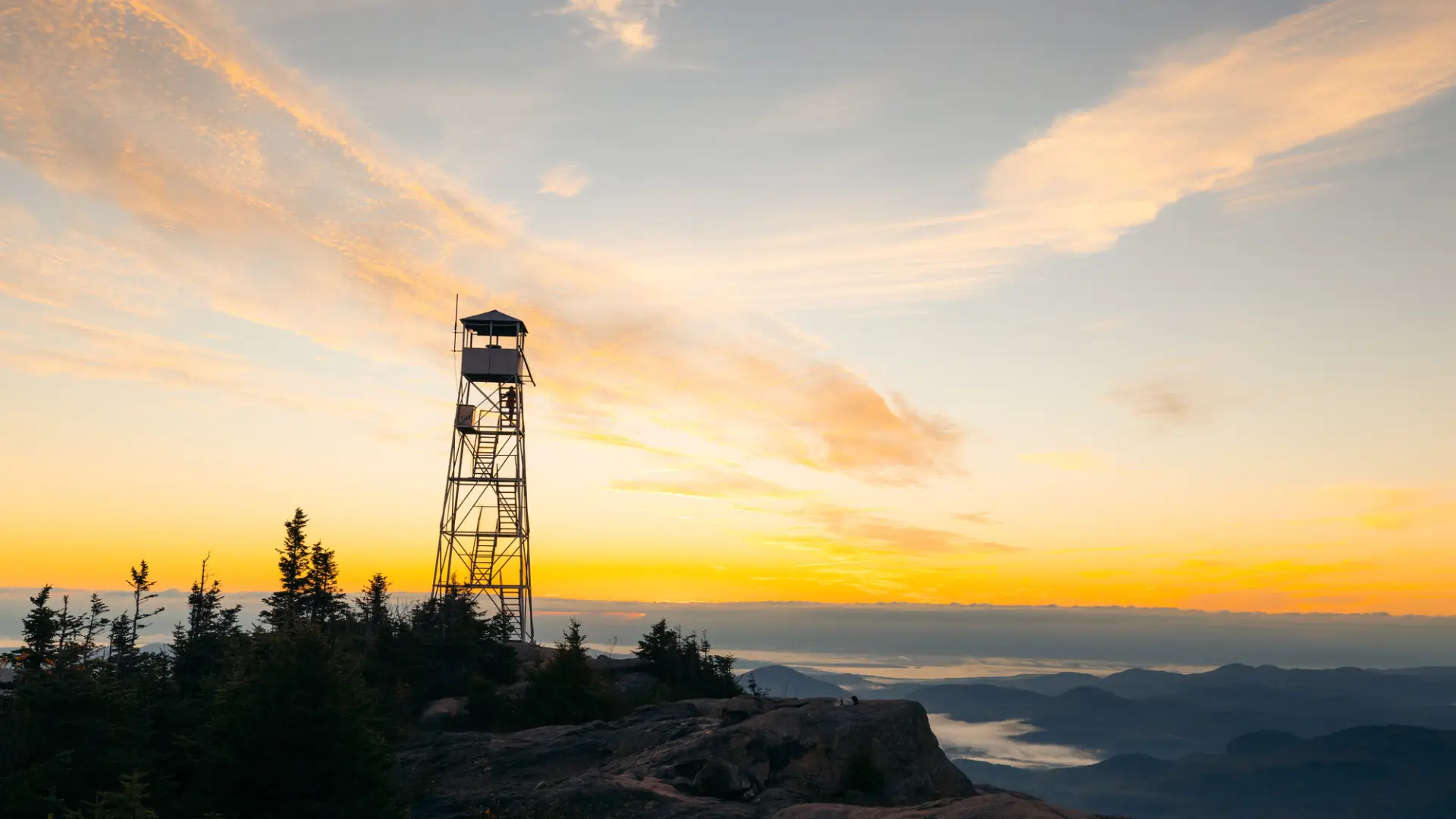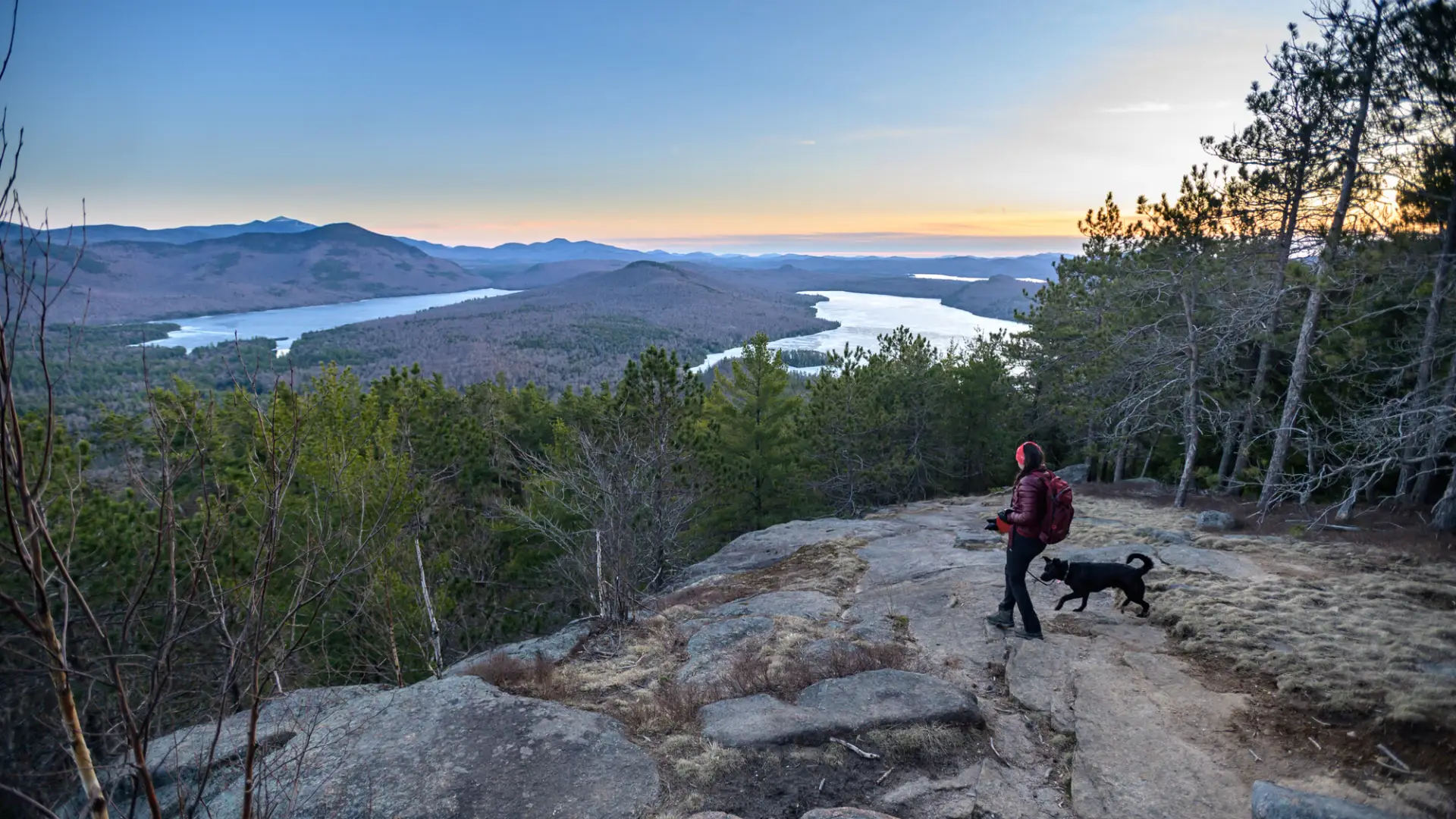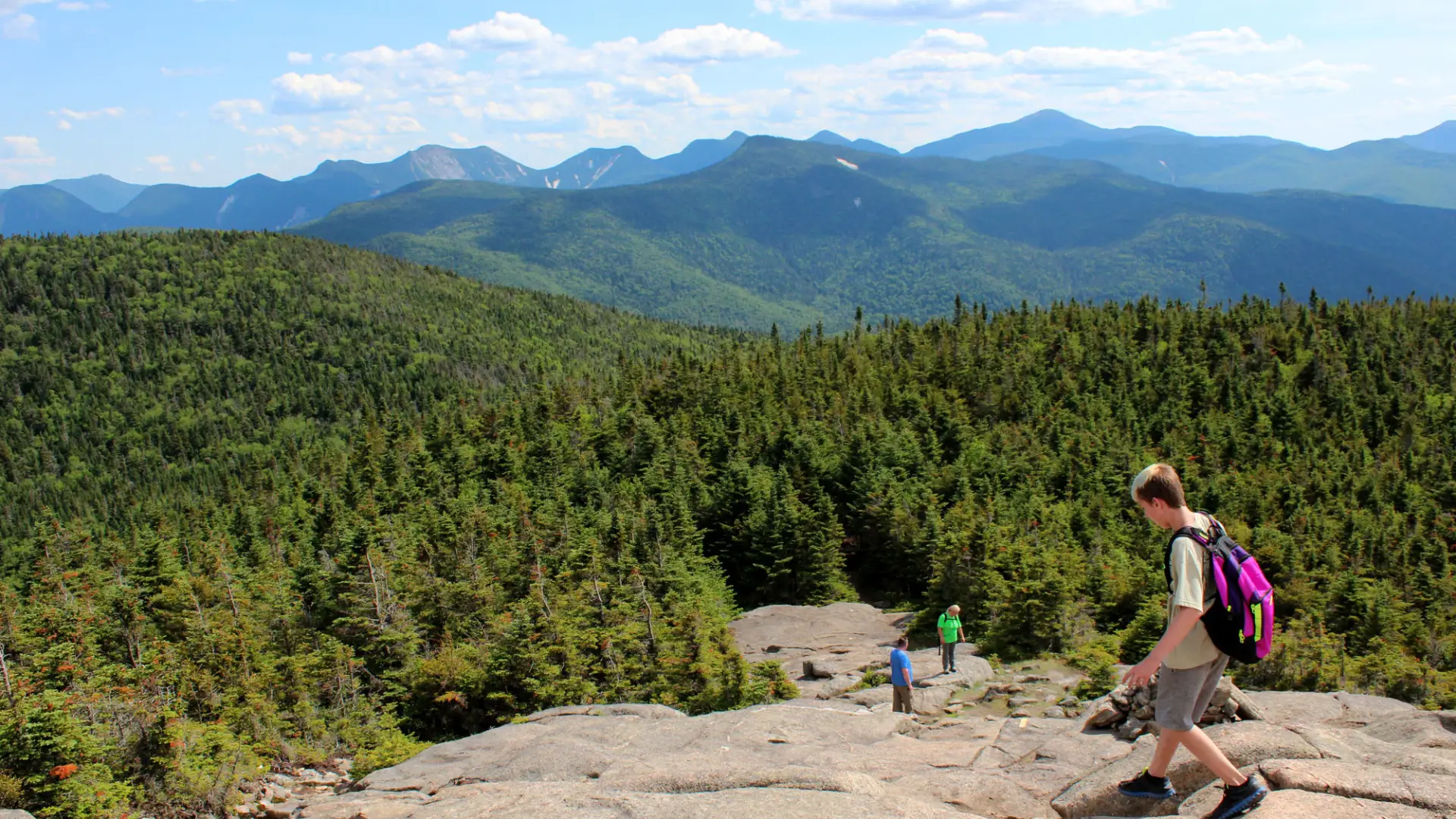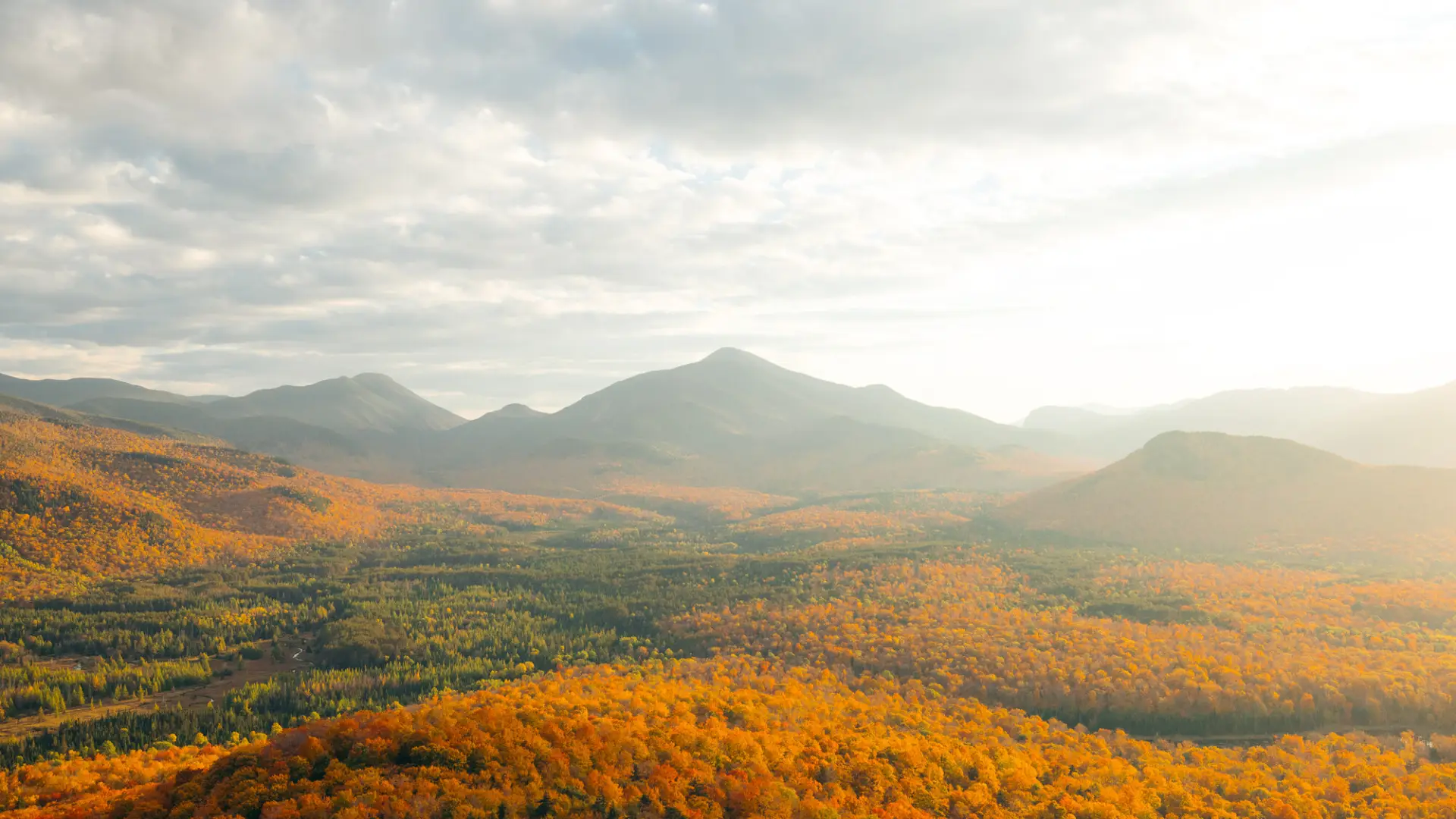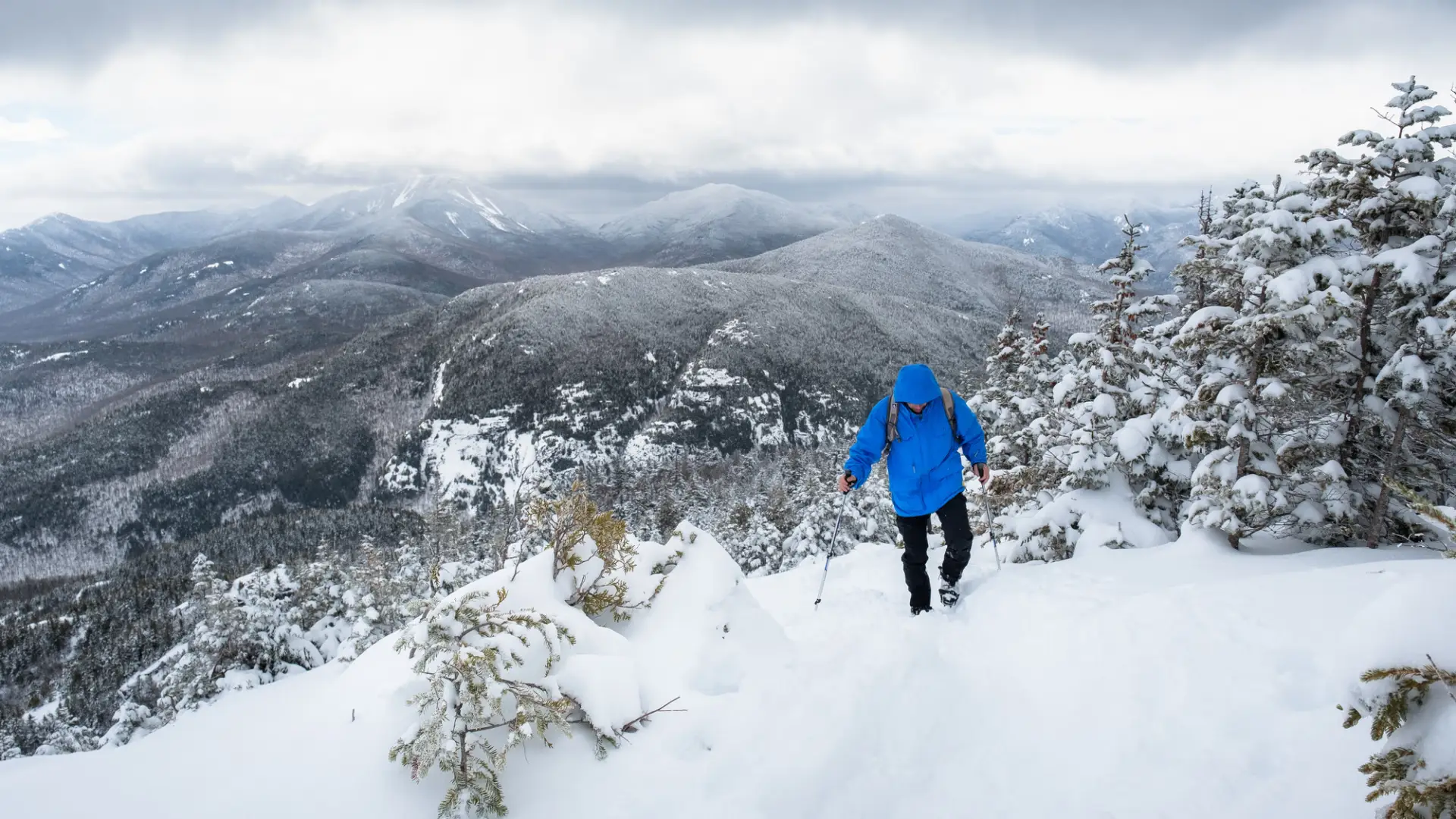Longer hikes
Your guide to perfect half-day and full-day hikes
Open summits, breathtaking views, and long, steep climbs—a full day or half day hike in the High Peaks Region is a great way to spend your vacation in the Adirondacks. These hikes usually take 4 - 8 hours and are best for adults and older children as they are longer and typically more challenging hikes, which might not be suitable for the littlest of hikers. We suggest 1 - 2 hour or 2 - 4 hour hikes for kids under 10.
Browse our other half-day and full-day hikes below and find one perfect to complete your trip to Lake Placid. If you're looking for a more challenging hike, consider a full-day hike in the Adirondacks to satisfy your wilderness needs.
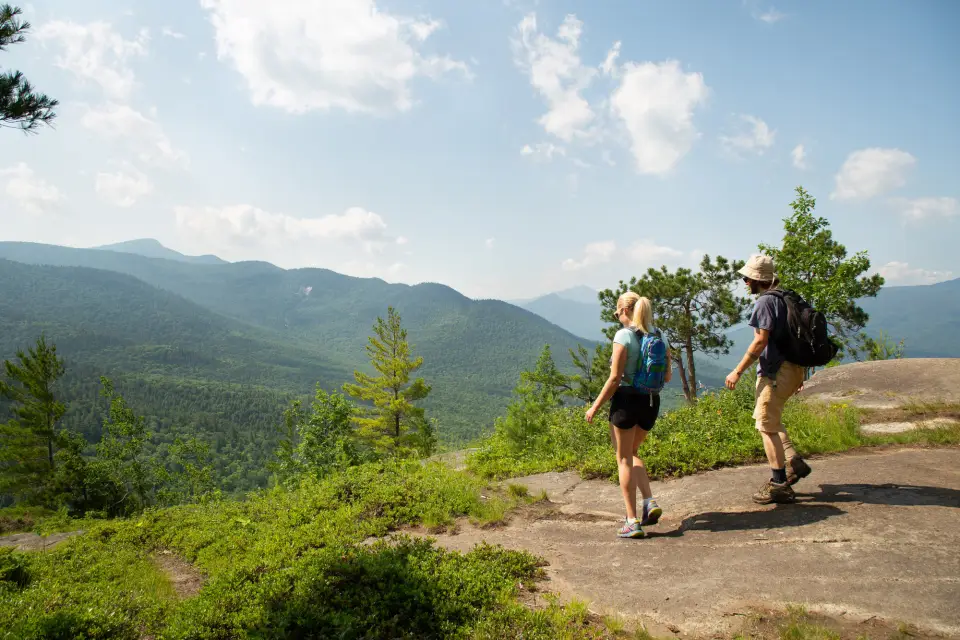
Be prepared
We love our mountains, and you should too! Please help us protect them by enjoying them responsibly. Before heading out, review Leave No Trace principles, make sure you're prepared for the journey ahead, and familiarize yourself with regulations and weather in the mountains.
The Department of Environmental Conservation is a great resource for more outdoor recreation related information.

Leave No Trace
